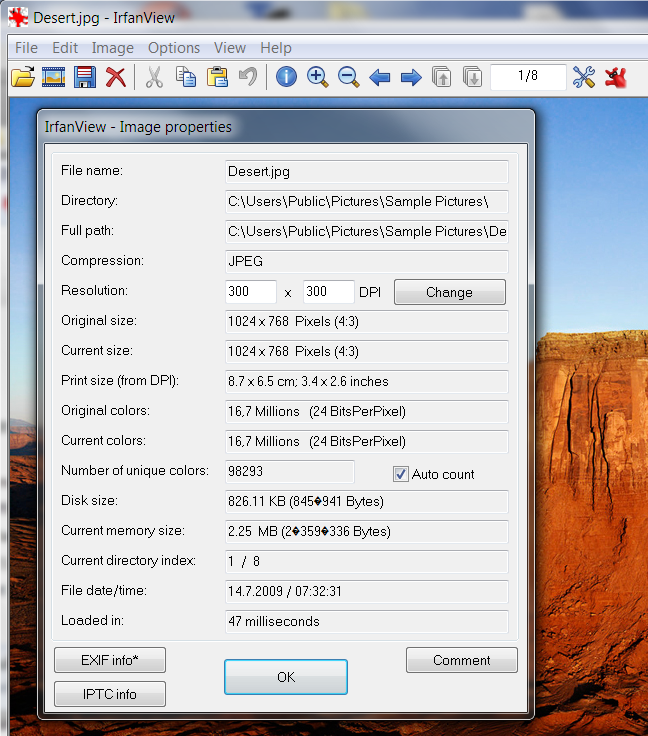I'd like to be able to determine the size of a an image with a particular resolution/ppi for JPEG & PNG formats.
Are there any online tools to do this?
I'd like to be able to determine the size of a an image with a particular resolution/ppi for JPEG & PNG formats.
Are there any online tools to do this?
If I get you right, you want to predict an images (JPEG and PNG) file size before your take the picture.
In short: I do not think that this is doable, without actually taking the picture. Here's why:
PPI: First DPI / PPI does not apply to a digitally stored image. Take an arbitrary image change the dpi without recalculation of the image so the pixels in length and width are equal and produce a 7, 72, 96, 960 dpi jpeg version. All will have the same file size (and also be displayed the same size at 100%). PPI information is only used when printed, for example.
Resolution: Yes, the resolution (y-pixel - x-pixel) of the sensor can be taken into calculation precisely.
JPEG / PNG - Type: Both of these formats (types) will compress the data the sensor provides by using compression algorithms. Hence the compression rate, that finally will define the file size, depends on the data which you only know if you take the picture.
If you would take the color depth (bits per pixel) into account and shoot in uncompressed RAW, a forecast of the files size could be calculated I guess. However, since the RAW file will contain all meta data (camera settings and so on) too, you'll end up with an estimation again.
if you want to get the printed image size based on the resolution, then it is possible to do it simply in free IrfanView image browser, where you can calculate the printed size based on the DPI.
